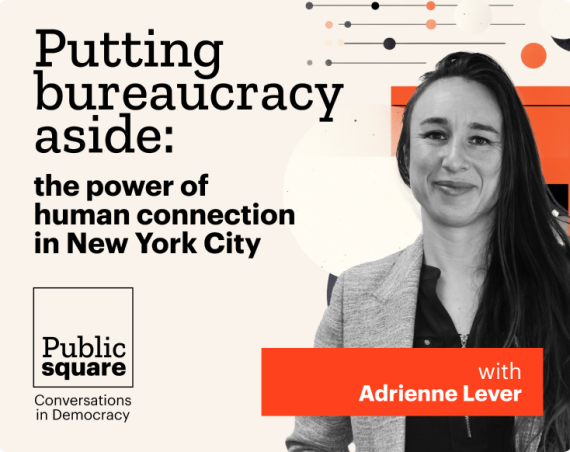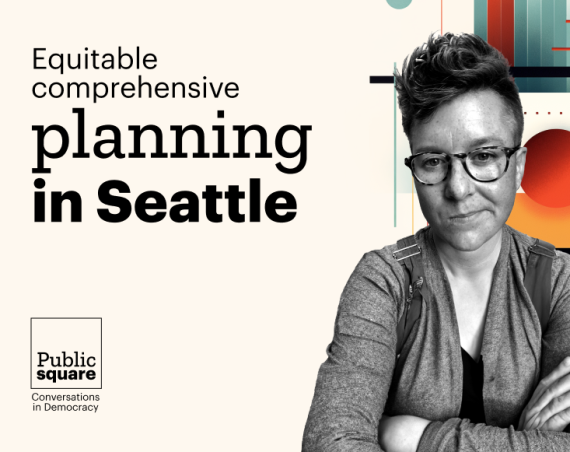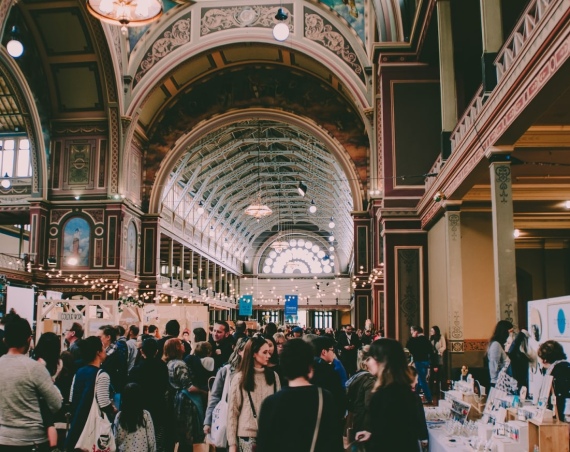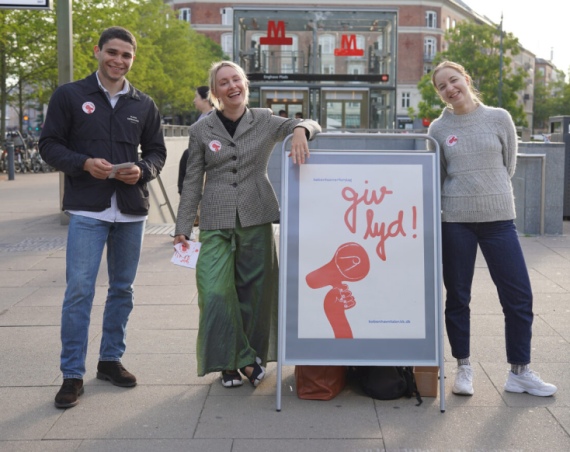We are constantly impressed by the creativity, scope, and impact of projects that are facilitated on our platform. From environmental improvement programs to new park developments, discover exemplary examples of community engagement and get inspired by peers from around the world.
1. The City of Vienna is voting to select the best neighborhood project in their district (Austria).
Seeking to honor the best ideas and projects from the district that support social cohesion and respectful community activity, Stadt Wien has created the Mariahilfer Neighborhood Award. To help distribute the inaugural award, they asked their residents to vote on neighborhood projects, from chess cafes to street festivals, based on which they feel most promotes community bonding. A two-phased project with over 900 participants and 30 ideas, this initiative has fostered lots of positive sentiment between residents and community groups, and ultimately Wien will report back to the community on the platform about the first winner! Explore the project here.
2. Given land to use and new grant funding, the Borough of Carlisle redeveloped industrial land into community parks (United States).
It’s a rare opportunity for a city to be given two brand-new public spaces to develop for its community. When this happened in Carlisle, Pennsylvania, the local government wanted to make the most of it on their community engagement platform, Engage Carlisle. Carlisle used various methods, from idea collection and option analysis to in-person meetings, to clearly present the project at hand and gather concise and comprehensive feedback on the specific types of recreation features and equipment that should be included in the redesign from their almost 700 registered users. Based on the input they received, Carlisle is going to be home to a vibrant skateboarding community and a brand-new family-oriented public park. Check out the project, or read their full case study for more on their engagement journey!
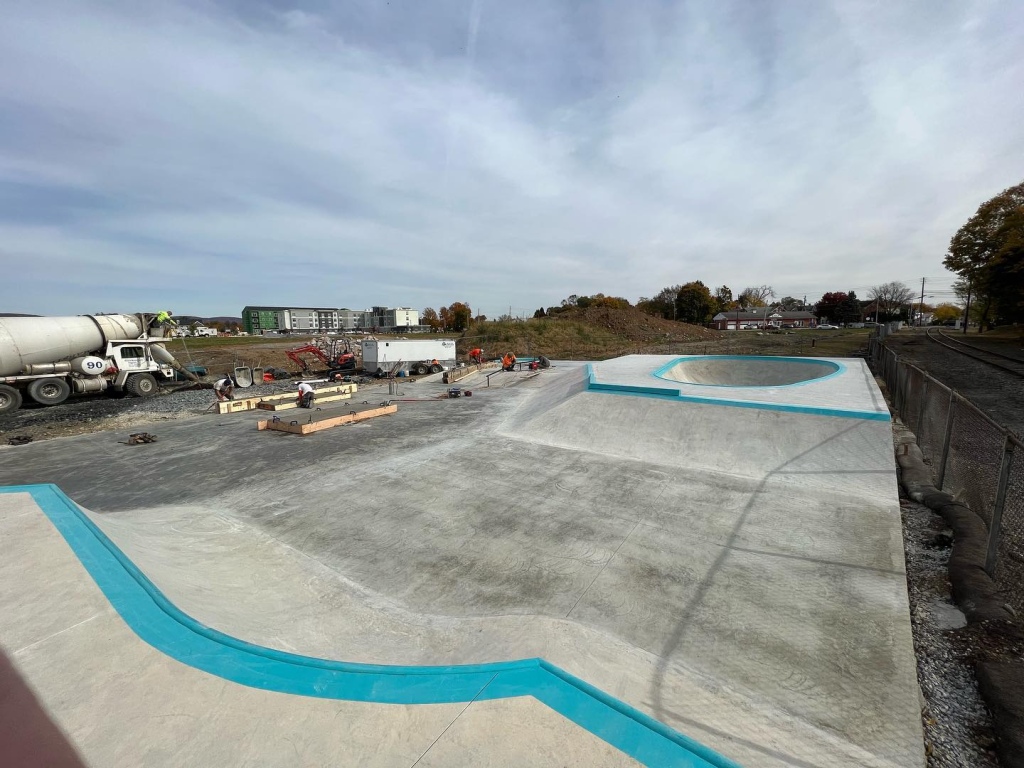
3. Wokingham Borough Council engaged with their community to define the future of their waste and recycling collection (United Kingdom).
In 2021, Wokingham surveyed residents about what matters most regarding waste and recycling collection. After receiving over 7000 responses, the Council went to work on crafting a new plan for the community. Due to unpredicted financial pressures, Wokingham has recently recognized the need to speed up the process and is once again surveying residents on top-priority items to ensure they are efficiently allocating their funds. By providing transparency and a clear place for people to provide feedback, Wokingham is building trust with the residents and ensuring they develop an economically sensible and environmentally friendly plan for waste collection. Learn more here.
4. With an open idea box in Hollands Kroon, youths could share ideas on what they wanted to see implemented in their community (Netherlands).
Young people are the future of Hollands Kroon, and they want to ensure that they are involved in shaping the future of their community. They developed a project that allows the youths to submit and discuss ideas about how to use the space in their municipality. They have built five clear communication segments: Register Ideas, Discuss Ideas, Implement Ideas, Executed Ideas, and Non-Feasible Ideas. Each of these stages is important to show the residents that local officials are taking each idea into strong consideration. Instead of simply accepting or rejecting ideas, they provide context as to why to successfully close the feedback loop. Explore the ideas here.
5. FRW is leading a participatory budgeting process in the municipality of Houyet (Belgium).

As part of Houyet’s rural development project, FRW, a private organization focused on public service missions, is leading a project on their platform to allocate the city’s participatory budget of 20,000 euros for community projects. They have followed four key process stages on the platform:
- Education about the process: introducing participatory budgeting to the community and explaining how people can get involved.
- Project submission: allowed citizens to provide ideas on what projects the budget should be voted on and ultimately used for.
- Project idea analysis: the Selection Committee reviewed all ideas and picked the best/most feasible projects to be put up for the vote.
- Citizen voting phase: using our participatory budgeting basket tool, citizens can allocate the money based on how much weight they give to each project.
Upon completion of phase 4, the Selection Committee will analyze the results and devise tactical plans around the winning community projects. See the project for yourself here.
6. To help distribute funding from a new environmental program, the Cambridge City Council is crowdsourcing ideas from their community (United Kingdom).
With two types of funding at its disposal for its new Environmental Improvement Programme (EIP), Cambridge is looking to strategically take advantage of the opportunity by engaging with its community and gathering ideas on what projects should be included. On their platform, residents could submit and vote on their favorite ideas on topics from tree planting to new community benches. This platform has also given the many key stakeholders and committees involved a consolidated place to receive and track information, improving internal communications. With over 300 project participants, the City Council is now analyzing the proposed ideas and is formulating a plan on how to use its capital. Read more about the project.

